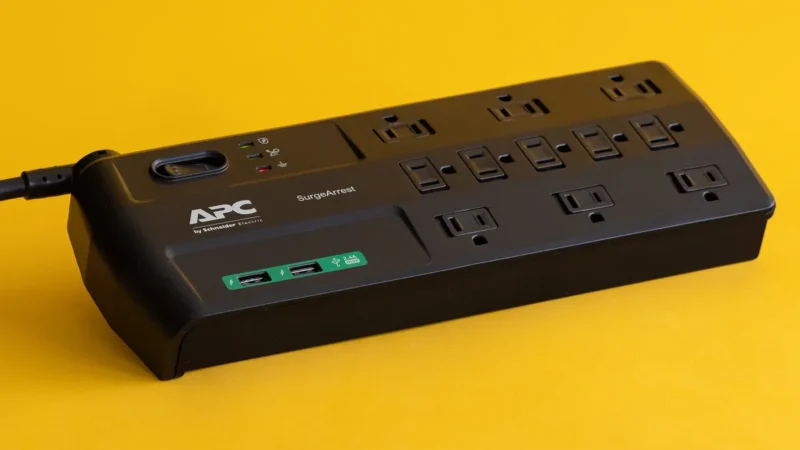In buildings where technology manages everything, from motion-sensing lights to elevators that recall your preferences, electricity quietly powers the entire system. But when that flow becomes unstable, the consequences can be significant.
Voltage spikes, though often unseen, can damage critical equipment, interrupt services, and lead to costly repairs. As infrastructure becomes increasingly reliant on automation and interconnected devices, the risks posed by power fluctuations grow even more serious. Despite this, protection against surges is frequently overlooked during planning.
Addressing this oversight is no longer optional; it’s essential. That’s where the importance of surge protector systems lies. They help maintain safety, efficiency, and reliability. Read on to discover why this protection is vital in every modern structure.
Advertisement
Integrating Surge Protection in Smart Building Design
Incorporating surge protection during the design phase of a smart building ensures optimal efficiency and safety. Engineers can identify critical load points and assign appropriate protection ratings based on device sensitivity.
For retrofits, energy audits help pinpoint vulnerabilities, allowing targeted surge protection deployment in high-risk areas, such as automation systems and smart grids. Additionally, ensuring proper grounding and bonding enhances surge protection effectiveness, with routine testing to verify device performance and maintain system integrity.
Understanding Electrical Surges and Their Impact
Electrical surges, caused by factors like lightning strikes or Heating, Ventilation, and Air Conditioning (HVAC) systems, result from sudden voltage increases. Repeated small surges degrade circuit boards and performance, while large surges can cause immediate equipment failure, leading to costly downtime and replacements.
Smart buildings often employ sensitive electronic equipment such as:
- Energy meters and controllers
- Smart thermostats and HVAC controls
- Server racks and network gear
- Automation control panels
- Security systems and surveillance cameras
Why Surge Protectors Are Essential in Buildings
Smart buildings depend on stable electrical performance. The points below highlight why incorporating surge protection is essential for safety, reliability, and long-term equipment efficiency.
- Safeguarding Capital-Intensive Systems
In smart buildings, surge protectors safeguard valuable digital systems from costly damage or downtime caused by even a single voltage spike.
- Enhancing Operational Continuity
In commercial and residential spaces, surge protection prevents disruptions to automation systems, ensuring continuous services and enhancing business and occupant satisfaction.
- Supporting Fire Safety and Code Compliance
Voltage surges can cause overheating or fires. Surge protection equipment safely diverts excess voltage, preventing damage and meeting electrical codes.
- Boosting System Longevity and ROI
Surge protectors reduce voltage-related degradation, extending the lifespan of devices and control systems, ensuring better ROI and fewer replacements.
Types of Surge Protectors and Their Deployment
Surge protection can be employed at various levels across a building’s electrical network:
- Service Entrance Protectors
These are installed where power first enters the building and serve as the primary shield against large surges from external sources.
- Distribution Panel Protectors
Placed on sub-panels, they provide localized protection for specific zones or equipment clusters.
These compact units are deployed directly near sensitive devices, offering the last line of defense.
Additional Considerations for Surge Protection Planning
When designing or upgrading modern building infrastructure, it is important to look beyond basic installation. The points below ensure surge protection remains effective, reliable, and future-ready.
Understand the current and voltage ratings of connected equipment to match the right protection class.
Surge protectors must be properly installed by qualified technicians to perform as intended.
Surge protection devices degrade over time and must be monitored and replaced as required.
Facilities located in regions prone to lightning or grid instability should opt for higher-rated protection solutions.
Turn Power Risks into Long-Term Reliability
Power disturbances are becoming more common, posing risks to modern buildings with automation and digital infrastructure. Incorporating surge protection from the outset safeguards critical devices, minimizes downtime, and boosts long-term efficiency. This proactive approach requires careful planning and precision.
Partnering with reputed brand and experts ensures the correct selection, deployment, and maintenance of surge protection, creating an electrical framework that is both resilient and prepared for future challenges.









